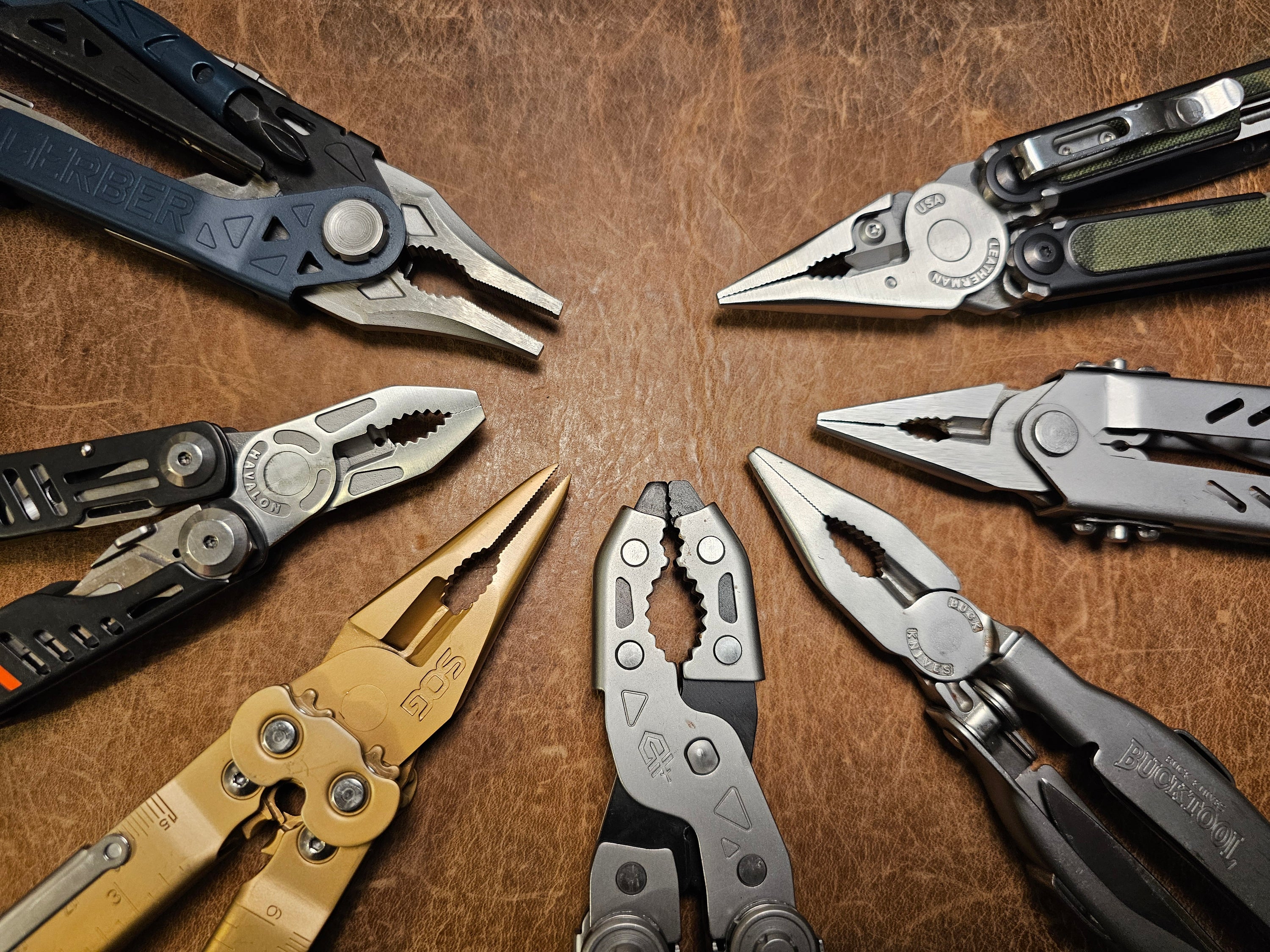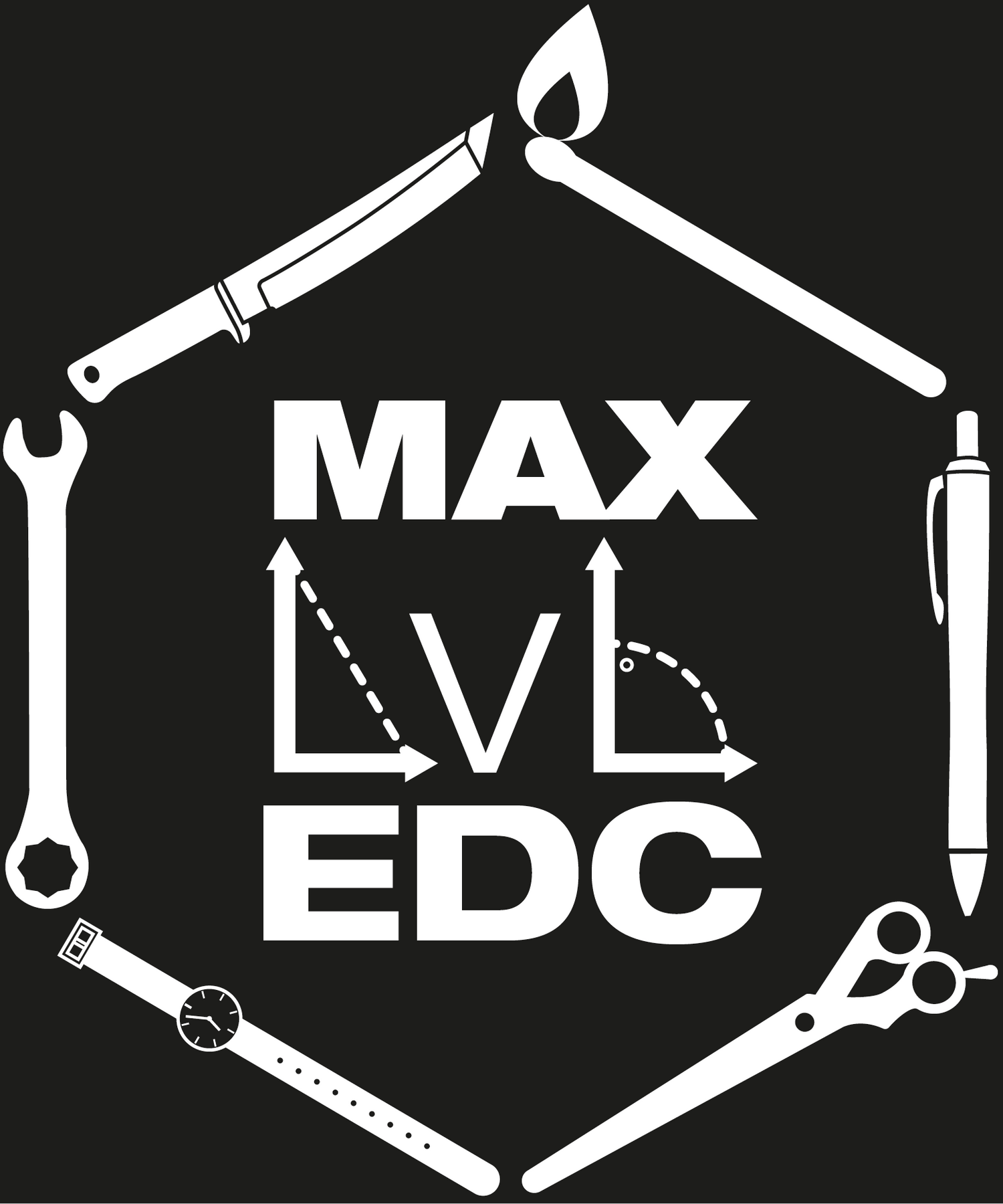So, you're thinking about getting a new multi-tool, but you're stuck on which one is right for you. Don’t fret – I’m about to break it down. Today, we’re diving into the heart of every multi-tool: the pliers. Not all plier heads are created equal, and choosing the wrong one could leave you disappointed. Let's help you avoid the buyer's remorse and pick the right tool for the task.
Not All Pliers Are Built the Same
First off, bigger isn’t always better. Yes, that chunky pair of pliers on your shiny new multi-tool looks like something that could wrestle a bear. But, do you need to wrestle a bear? Think of it this way: the classic Leatherman PST wasn’t trying to be some over-the-top clamp. It wasn’t trying to replace your entire toolbox, either. It specialized in being a reliable pair of needle-nose pliers that also had a little extra up its sleeve.
What’s important here is knowing what you’re buying. The more you try to blend multiple functions, the more you risk sacrificing usability. A monster-sized plier head might handle high torque and heavy tasks, but it’ll struggle to get into tight spots.
When Bigger Is Better (and When It Isn’t)
There are definitely moments when you’ll need a beefy pair of pliers, like when you’re putting some serious torque into something. For those jobs, models like Leatherman’s Super Tool 300 or Surge are no joke. They’re packing those hard wire cutters in the back, making them great for heavy-duty use.
But keep in mind: even the larger pliers on a multi-tool are still hybrids. They can’t always handle the fine tasks the way smaller, more nimble pliers can. So, you’ve got to ask yourself: is this going to be your workhorse, or do you need something more precise?
The Perils of Being Too Versatile
Some multi-tools try to do it all, and that might not always end well. Take the Spirit X pliers – they’re tough as nails, no question about that. But if you're hoping they’ll work like true needle-nose pliers, you’re going to be frustrated. They’re just too wide for those fine, delicate tasks.
And that’s the tricky part of multi-tools trying so hard to make the perfect "all-in-one" tool. Sometimes, in their quest for versatility, they give up too much. If you're looking for precision and grip, the Spirit X might not cut it. This is why it’s essential to really think about what you’ll be using your multi-tool for before you buy.
Small Pliers = Big Problems?
Another misconception is that all pliers shaped the same will work the same. Wrong. Mini pliers aren’t going to handle what their larger cousins can. People tend to think something like a Leatherman Juice is fine for every task, but just because the pliers look similar doesn’t mean they’ll get the job done.
If you're a tradesperson, you know better. Get the right tool for the job. This might mean opting for something rugged like the Super Tool 300. Be realistic about your needs, and save yourself the frustration later.
Forged vs. Cast – Why Strength Matters
Let’s talk plier strength. You’ve probably noticed that most multi-tool pliers are cast, not forged. This is a big difference in terms of durability. Forged pliers like those made by Knipex are in a league of their own in terms of toughness. You could stand on those and not worry about breaking them. Try doing that with cast pliers, and you’ll be in for a sad surprise.
This brings up an important point: don’t expect your multi-tool to replace your heavy-duty dedicated tools. For daily tasks, sure, they’re lifesavers. But put them head-to-head with a specialized tool, and the weaknesses will show.
Be Realistic (No, Seriously)
A multi-tool is a jack of all trades, but… master of none. Expecting it to out-perform dedicated tools isn’t fair, and frankly, you’ll end up being disappointed. Every multi-tool has weaknesses because of its design. Don't overestimate its capabilities.
Why do I still carry a plier wrench most of the time? Because there’s no way a multi-tool will handle the strain the way a dedicated wrench does. Multi-tools are fantastic, but they’ve got limits.
Which Multi-Tool Should You Buy for Pliers?
Ah, the dreaded question: “Which multi-tool should I buy?” Honestly, it’s impossible to answer unless you really know what you need it for. Sadly I can't recommend the Leatherman Crunch which is now discontinued (RIP).
Gun to my head...if I was going to pick a multitool based on pliers alone, the Gerber Dual Force currently does things no other tool can. The pliers are made of forged steel plates that are riveted together. Combined with the slip joint mechanism, this multitool is currently irreplaceable.
Bottom Line: Choose Wisely
Buying a multi-tool can be tricky, but if you’re smart about it, you’ll save time, money, and frustration. When it comes to choosing pliers, specialization matters. There is no perfect, one-size-fits-all option. Be realistic about what you need from your pliers and pick the right tool for the job.
You really can’t go wrong with the Gerber Dual Force, but the Leatherman Surge, Super Tool 300, or Gerber Center Drive are also great options . Just remember: a multi-tool is a convenient problem-solver, but it’s not the same as carrying a full set of properly-forged tools.
Cheers,
Dominic



